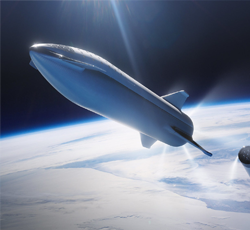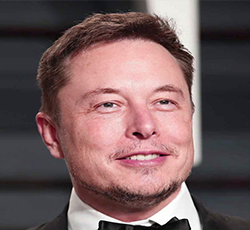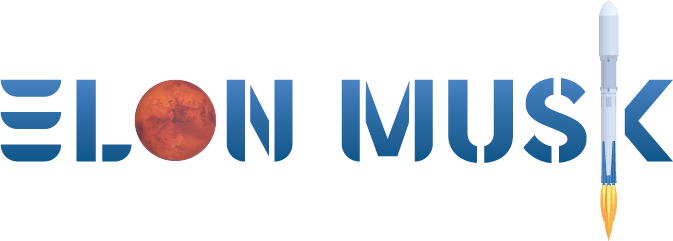
Tesla’s India Gamble: Innovation or Illusion?
- by The Avenue Mail
- Jul 15, 2025
- 0 Comments
- 0 Likes Flag 0 Of 5
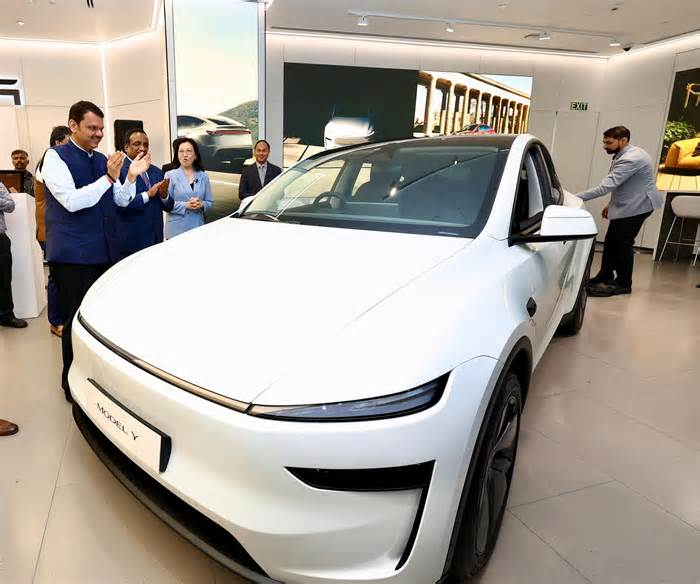
By Rajiv Shah
Tesla, the iconic electric vehicle (EV) brand founded by Elon Musk, is set to make a high-profile entry into the Indian automobile market. But this long-awaited move comes with a paradox: while India braces to welcome the world’s most talked-about EV, Tesla’s charm appears to be fading in the very markets where it first rose to prominence.
A Dimming Star in the West
In the United States and several European countries, Tesla is no longer the unrivaled king of the electric vehicle jungle. Once celebrated for its futuristic technology, Tesla now finds itself outpaced by rivals, especially Chinese automakers like BYD (Build Your Dreams). Several factors are at play:
Saturation and Quality Concerns: Western consumers are raising concerns about build quality, safety inconsistencies, and after-sales service. Recent recalls and autopilot system controversies have dented Tesla’s image.
Innovation Plateau: Tesla’s much-touted innovation curve appears to have flattened. Despite promises of full self-driving capabilities and revolutionary battery tech, deliveries have consistently underperformed.
Why India? Why Now?
Critics argue that Tesla’s India pivot is less about new markets and more about image salvaging and tapping into a niche luxury segment.
India, while not yet a fully matured EV market, is seen as a land of opportunities with its rising number of high-net-worth individuals (HNIs) and a government pushing for greener mobility. But skeptics suggest that Tesla’s timing reeks of opportunism: targeting India’s wealthy elite with a premium product that has failed to sustain its shine abroad.
India’s High-End Car Market: A Mixed Bag
India’s premium and luxury car market has seen its fair share of turbulence. While brands like Mercedes-Benz and BMW have managed to carve out a stable niche, many others have packed up. General Motors, Ford, and Harley-Davidson have exited India, citing weak returns and inability to adapt to local preferences. Even Honda and Toyota have scaled back high-end offerings due to underwhelming demand.
This raises an important question—can Tesla succeed where others have struggled? Especially when Indian buyers demand reliability, cost-effectiveness, and service assurance, not just badge value.
Chinese Competition: The Silent Revolution
Enter China’s BYD and other EV innovators. In just a few years, Chinese manufacturers have taken the EV fight to a new level.
Technology Superiority
BYD’s Blade Battery technology, safer and more energy-efficient than Tesla’s, enables longer range with shorter charging times. Chinese EVs come integrated with smarter AI-powered interfaces, predictive maintenance features, and adaptable infotainment systems that make them more advanced.
Innovation in Design and Usability
Chinese EVs like the BYD Seal and NIO ET5 boast plush interiors and superior ergonomics compared to Tesla’s minimalist styling. While Tesla battles safety scrutiny over its Autopilot system, Chinese brands offer well-regulated and reliable semi-autonomous modes.
User-Friendliness
From customizable driving modes to excellent in-cabin comfort and intuitive user interfaces, Chinese EVs are proving to be more adaptable for varied global markets. Over-the-air updates and real-time user feedback help improve functionality, making them more responsive than Tesla’s systems.
Price Comparison in Simple Terms
Tesla’s Model 3, expected to cost ₹70 lakh or more in India, offers a range of about 500 km. In contrast, BYD’s Seal, priced around ₹45–50 lakh, provides over 550 km of range and includes more advanced features. NIO’s ET5, expected at ₹55 lakh, gives a longer range of 580 km with superior cabin tech. Clearly, Tesla charges more while offering less, and Indian buyers are unlikely to ignore this discrepancy.
Tesla and the Indian Reality Check
Tesla’s sleek, futuristic cars are built for wide, smooth roads and advanced highway systems—not the congested, pothole-ridden, chaotic road networks of urban India. Ground clearance issues, inconsistent internet connectivity for in-car software, and limited fast-charging infrastructure are major hurdles.
Moreover, Tesla’s one-size-fits-all minimalist interior might not appeal to Indian buyers accustomed to more feature-rich cabins with physical controls and Indian-language interfaces.
Add to that the mindset of Indian consumers—value-driven, service-oriented, and practical. Tesla’s aloof brand approach, overdependence on software patches, and lack of ground-level presence may not resonate with the Indian psyche, which expects tangible support and regular customer interaction.
Is This Launch a Trap for Indian Buyers?
If history is any indication, India’s luxury buyers love marquee global brands, often without rigorous comparative evaluation. Tesla’s entry, boosted by slick marketing and the Musk mystique, may initially attract attention. But whether it sustains will depend on post-purchase satisfaction.
Service Network Gaps: Tesla currently lacks a robust service infrastructure in India. Early adopters may find themselves stranded for repairs or software issues.
Import Duties and Cost: Without localized manufacturing, high import taxes may inflate prices beyond value.
Policy Blind Spots: India’s EV charging infrastructure and power reliability still lag, potentially negating Tesla’s performance advantages.
Final Verdict: Buyer, Beware
Tesla’s arrival in India may create short-term buzz, but unless it adapts to Indian road realities, competitive pricing, and customer support, the brand risks being outclassed by smarter, faster-moving rivals from China and elsewhere. Rather than being the torchbearer of an EV revolution, Tesla might end up as a luxury novelty—all style, little substance.
Before investing in a Tesla, Indian consumers should ask hard questions:
Will service be accessible outside major metros?
Does the price justify the tech and usability?
Are better-performing, lower-cost EVs already available?
India’s EV transition must be practical, not just aspirational. In this case, the wise may wait while the rest rush in.
(Author is a senior legal and media columnist with decades of experience analyzing global trends in law, technology, and finance. Views are personal.)
Share this:
Please first to comment
Related Post
Stay Connected
Tweets by elonmuskTo get the latest tweets please make sure you are logged in on X on this browser.





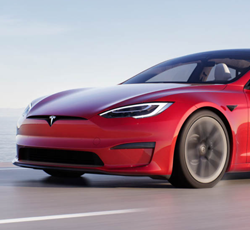
 Energy
Energy